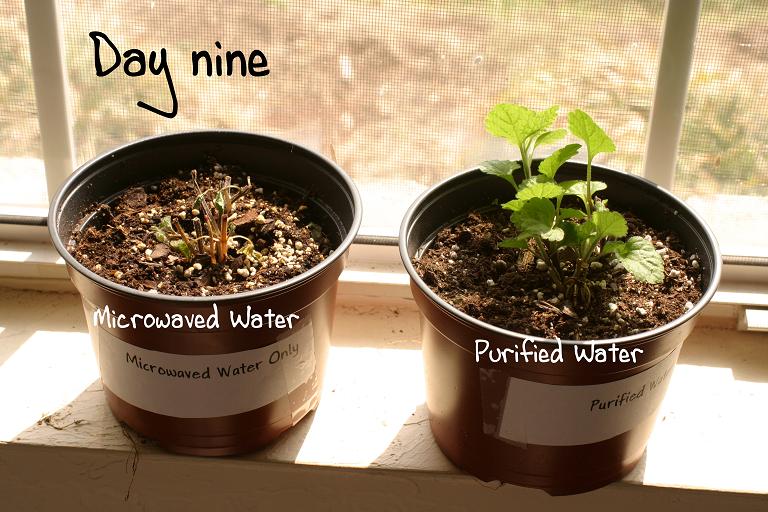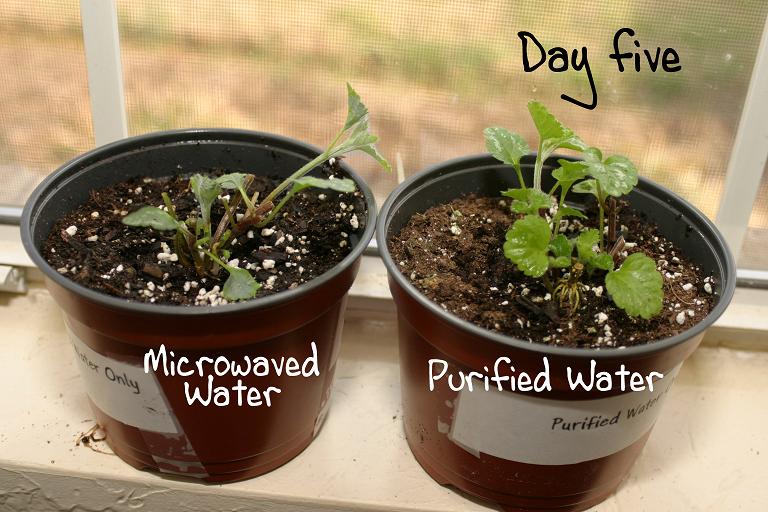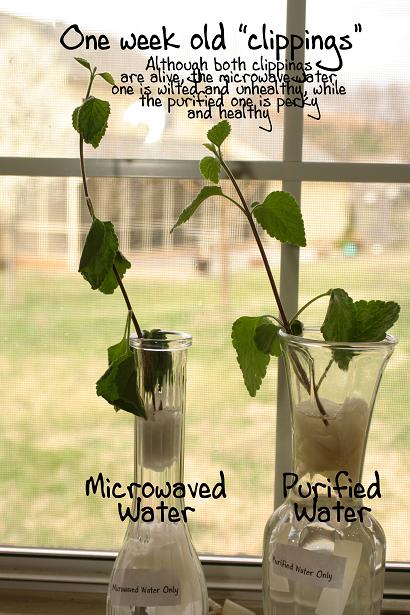Cozy Holiday Cooking
Fit Yoga
November 2005
With Thanksgiving and Christmas on the near horizon, there is definitely a holiday buzz in the air. In the shift from colorful autumn to cozy winter, this spirited season is marked by dinner gatherings, lively parties, and evenings by the fireside with friends and family. It’s a time of hospitality, good company, and warm, inviting foods and festivities. I often imagine big mugs of honey-sweetened chai tea, fresh-from-the-oven caraway bread with melted butter, or my favorite: sumptuous, flavorful soups and stews.
Just the heavenly scent of different herbs and vegetables simmering on your stovetop is an irresistible welcome for anyone passing through your front door. A part of every culture, soup is also one of the best ways to warm, nourish, and strengthen your body when cold weather arrives.
Making soups and stews from scratch is quite simple. What’s more, you’ll find them easy to digest and a great way to make sure you’re getting healthy, fiber-rich veggies, legumes, and grains. Soups fortify the entire body—especially your vital fluids. They also have a soothing, nurturing quality to them, giving you a comforting sense of satisfaction when you finish your bowl.
The fall harvest brings in an abundance of yams, potatoes, parsnips, carrots, and beets, so by late autumn I’m especially looking forward to root vegetable chowders or creamy blends. A big pot of soup, in fact, is a great way to take advantage of these strengthening and grounding mineral-rich roots and tubers. This vibrant recipe is a perfect example.
Garnet Yam Bisque with mango chutney
This simple soup makes a stunning holiday appetizer. A breeze to prepare, it uses just 6 ingredients to achieve a beautiful silken texture and a delicious full flavor that doesn’t require any additional seasoning. The refreshing mango chutney is a must.
Ingredients
Soup
5 medium garnet yams (about 3 pounds)
1/4 cup butter
1 tablespoon minced ginger
1-2 tablespoons honey or sugar
1-1/2 teaspoons salt or to taste
5-6 cups water*
Mango Chutney
2-1/2 cups chopped fresh mango (about 2 large mangoes)
1/2 teaspoon minced fresh chili
1 teaspoon minced ginger
2 tablespoons honey or sugar
1/4 cup fresh mint leaves (quite packed)
1 tablespoon lemon juice
Notes:
*You may need to add more water depending on the moisture and size of the yams and the soup consistency you prefer.
Procedures
Soup
1. Preheat the oven to 375ºF.
2. Puncture the yams with a fork and bake for 75 minutes or until soft. Meanwhile, prepare the chutney.
3. Allow the yams to cool enough so that you can peel and chop them.
4. Melt the butter in a 4-quart pot over high heat. Add the ginger and sauté for a minute, then add the yam, honey or sugar, salt, and water. Place in a blender or food processor and blend until smooth, in batches if necessary. Return to the pot and bring to a quick boil. Add a little extra water if the soup seems too thick, stir it through, and adjust the salt if necessary.
5. Remove from the heat, ladle into bowls, garnish with the chutney, and serve.
Mango Chutney
Place all the ingredients except 1/2 cup of the mango in a blender or food processor and blend until smooth. Transfer to a serving dish, dice the remaining 1/2 cup mango, and stir it into the chutney. Chill until ready to serve.
Tips/Variations
Chutney suggestions: The Mango Chutney is also wonderful with crispy samosas, spring rolls, and tempura-battered vegetables.
Hands-on prep time: 20 minutes
Cook time: 1 to 1-1/2 hours
Total time: 1-2 hours
Makes about 8 cups
Wai Lana in the Media






















